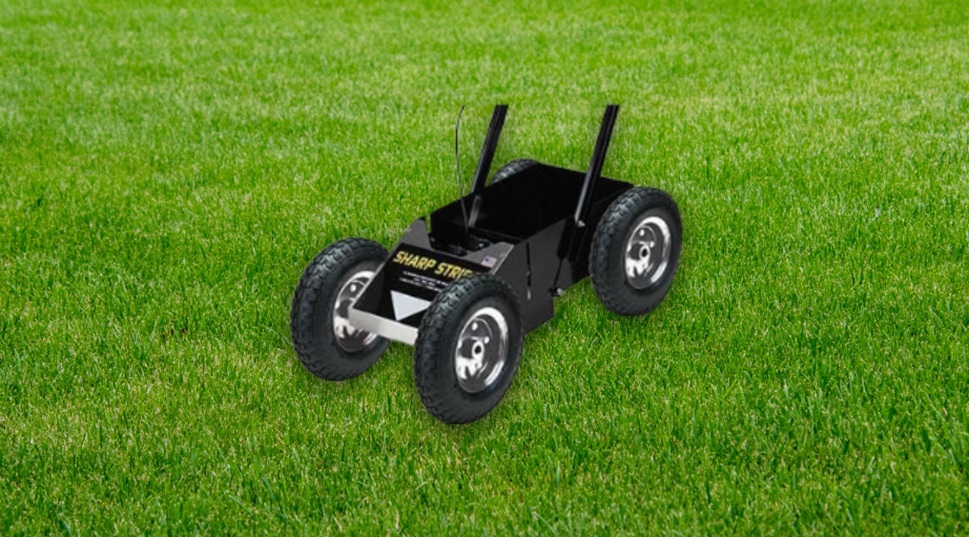Proper maintenance of striping machines is crucial for any professional looking to deliver clean, accurate, and durable line markings. Whether you’re handling parking lots, sports fields, or industrial zones, ensuring your equipment is in top working condition saves both time and money. A well-maintained machine delivers precise lines, minimizes downtime, and extends the life of your investment.
Neglecting routine care can lead to clogged nozzles, uneven spray patterns, and even mechanical failure. Let’s explore essential maintenance practices that help extend the performance and durability of your striping equipment.
Understand Your Machine Type and Its Needs
Before diving into maintenance specifics, it’s important to understand the type of striping machines you’re operating. Airless machines, for instance, require different care routines compared to pressurized or aerosol-based systems. Equipment designed for large-scale parking lot work may feature complex components like hydraulic systems or multiple spray guns that need dedicated upkeep.
Operators should also pay attention to paint type compatibility and pressure calibrations. Learning the ins and outs of various machine types helps prevent misuse and promotes optimal performance across projects. This knowledge is especially relevant when selecting among different types of striping machines for parking lot line marking, which comes with unique maintenance demands depending on the technology and workload.
Routine Cleaning Prevents Downtime
Paint residue is the number one enemy of striping machine longevity. After every use, flush the system thoroughly using water or a suitable cleaning solvent (depending on whether you’re using water- or oil-based paint). Clean nozzles, hoses, and filters to prevent clogs that can affect spray patterns and cause pressure build-up.
Additionally, check the pump and spray tip for signs of wear. Worn-out tips can create inconsistent lines and overuse paint, reducing efficiency. Replacing them at regular intervals ensures precision and reduces overspray or wasted material.
Lubricate Moving Parts Regularly
Striping machines have several mechanical parts that need regular lubrication—wheels, joints, pistons, and occasionally, the motor, if it includes drive functions. Keeping these components greased prevents rust, minimizes friction, and supports smooth operation, especially in outdoor or dusty environments.
Check Tire Pressure and Alignment
Wheels play an underrated role in line accuracy. Low tire pressure or misalignment can cause the machine to veer off course, especially on large jobs with long, continuous lines. Inspect the tires for wear and ensure they are properly inflated before each use. Also, check for wobbling or drifting while the machine is in motion and make adjustments as needed.
Monitor Hoses and Connections
Inspect hoses and paint lines for cracks, bulges, or leaks. Pressure loss or unexpected paint spray can often be traced back to damaged tubing. Replace aging hoses and tighten fittings routinely to prevent issues during operation. These checks contribute greatly to maintaining line striping equipment operating consistently throughout busy seasons.
Conclusion
Keeping striping machines in top shape requires a proactive maintenance routine that includes cleaning, inspection, lubrication, and timely part replacement. By understanding the nuances of your machine type and practicing preventative care, you can avoid costly repairs and keep your operations running smoothly. With just a little attention to detail, your line striping equipment will deliver professional-grade results year after year.






